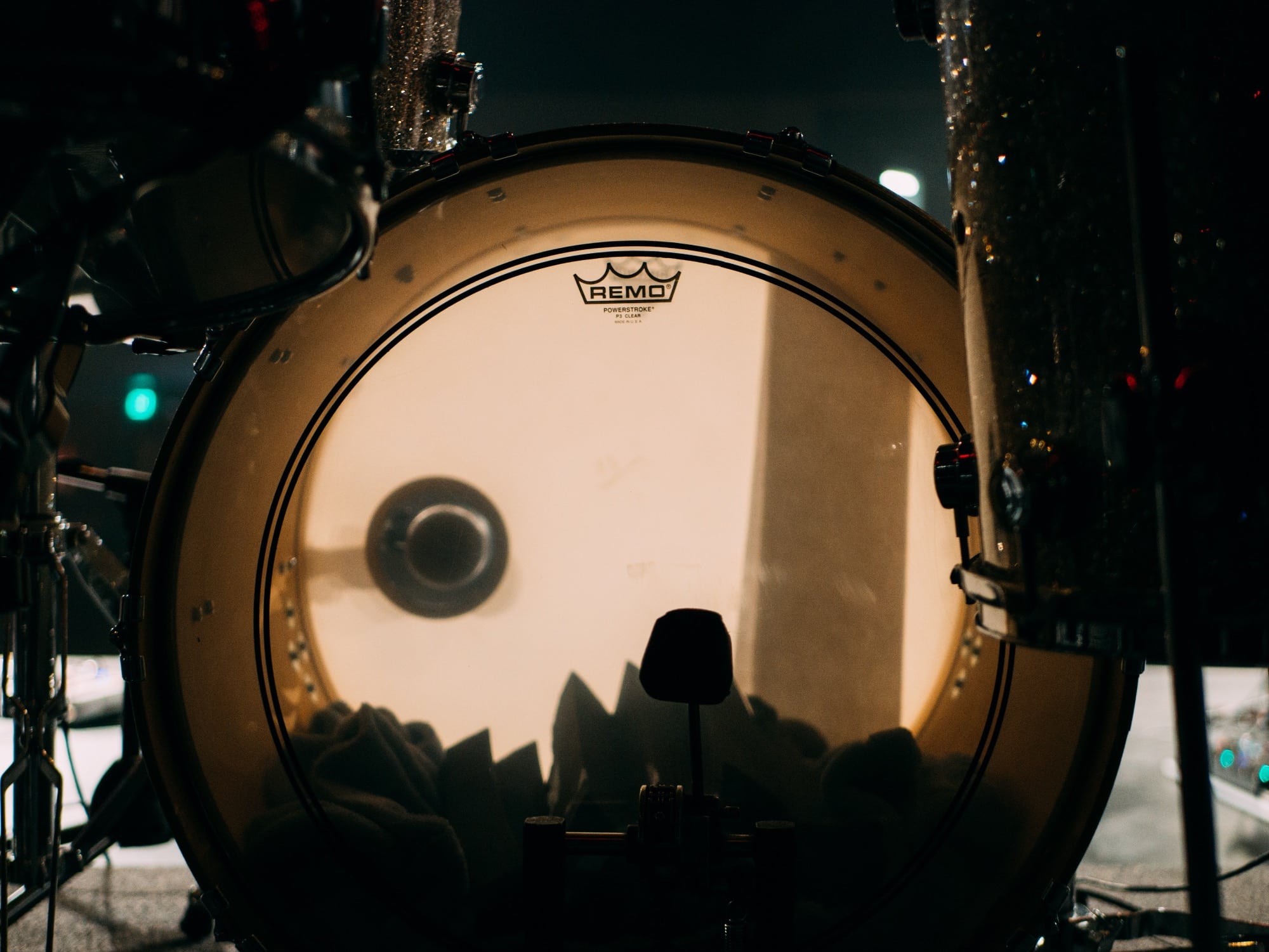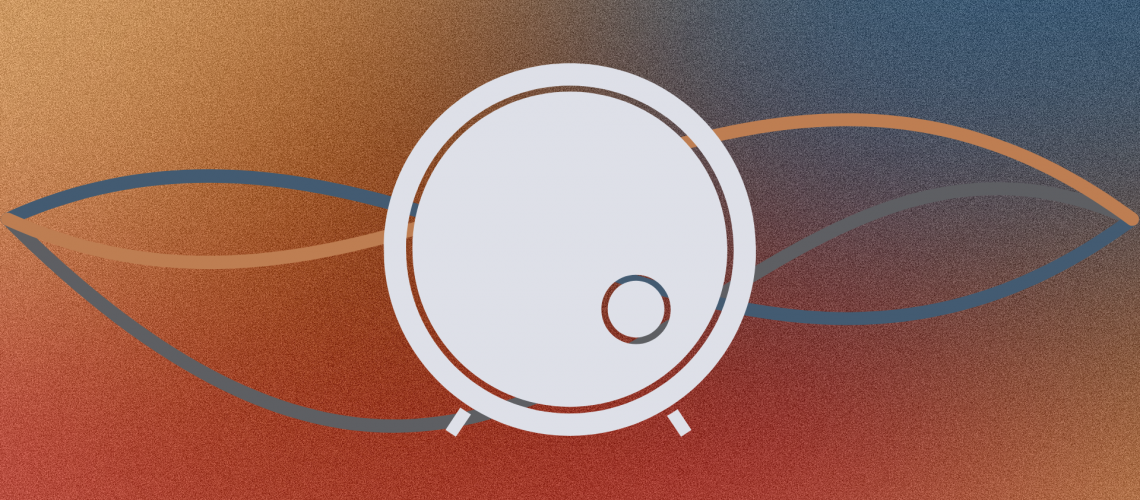The kick drum is the most essential part of any EDM track. And so, knowing how to EQ kick drums is crucial.
There’s simply no getting around it – pick the wrong one and your track loses all energy.
Think of your track as a house. Maybe the vocals are the front door and the pads are the windows…
But the kick drum is the foundation of your house. A shaky foundation, and everything crumbles.
With that in mind, what makes the perfect kick drum? As always, there isn’t one size that fits all genres and styles…
But a great place to start is to EQ kick drums. This is what we’ll explore in this guide. Together we’ll look at:
- the main ingredients of a fire kick drum 🔥
- ADSR and EQ’ing techniques for kick drums 📈
- how to find the perfect kick drum for you 🤩
- 3 more tips to bring your kicks to the next level 👊
So let’s jump in! 👇
Warning: make sure you’re using proper speakers/headphones! Also, these techniques work in all DAWs, including FL Studio, Ableton Live, and Logic Pro X.
Back to Basics: What is a Kick Drum? 🦵
I’m sure most of you have a rough idea of what a kick drum is.
Also called “bass drum” or simply “kick”, the kick drum is the lowest-pitched instrument of a drum kit. It’s that big thing at the bottom of a drum kit.

More often than not, it’s what gives the track its pulse. It’s what listeners will latch on to and dance to.
In the context of EDM, there are two ways to approach a kick drum. The first is through its ADSR envelope:

If you’re not familiar, ADSR refers to the Attack, Decay, Sustain and Release of a sound. Check out this link for a full guide on how to use ADSR for sound design in EDM.
Essentially, ADSR refers to how a sound’s amplitude changes over time. Is the sound short and snappy? Or does it decay over a long period of time?
The second way to look at kick drums is through the frequency spectrum.
Kick drums in EDM generally occupy a frequency range between 40 Hz and 1.5 kHz:

The EQ curve is generally what will separate kick drums the most, and it has a huge impact on your mixing workflow.
Some genres such as Dub Techno will have very little high-end in their kicks. Other genres such as Drum and Bass might have more.
Obviously, the ADSR and EQ approaches are not mutually exclusive. More often than not, you will actually need to combine both!
In the rest of this guide, we’ll take a look at the ADSR envelope and frequency spectrum of some of the most popular kick drums in EDM, and how to EQ kick drums of different types.
1. The 808 Kick Drum 👑
The 808 is possibly the most recognizable kick drum of all. Put on any modern trap or hip-hop tune and you’ll hear an 808:
Let’s first look at the ADSR envelope of an 808:

The settings I used are:
- Attack: 0.0005s
- Decay: 1.44s
- Sustain: 55%
- Release: 0.23s
This is what it sounds like:
The envelope of an 808 is characterized by prolonged decay. Based on your taste, you can make your 808 fade out quicker or slower.
Pay extra care to the decay (i.e. “length”) of your 808. While a long 808 sample might sound great on its own, it will easily clash with other elements in the track.
If you designed your own 808, you can control the decay in the envelope section. But a better way can be to control each note in the piano roll. To do this, give your 808 an extra-long decay (close to 2 seconds).
Now, you can control the length of each 808 hit with your piano roll:

EQ’ing Tips for 808s
Let’s now have a look at its frequency spectrum:

FYI, I am using SPAN to analyze the frequencies. It’s a free plugin and you should definitely grab it here.
The 808 shows a huge presence in the 40 Hz – 100 Hz range. This is the fundamental frequency of your 808. You then have decreasing peaks which represent the harmonics.
With 808s, the most important thing you can do is make sure they are in tune.
Many kicks in EDM will be atonal. This means you can’t clearly hear their pitch. But with an 808, it’s the exact opposite! The long decaying tail gives you a precise note.
If that note is out of key, your track will sound terrible instantly. So if you work with a sample, make sure to fine-tune it to the key of your track.
Finally, when processing an 808, there are two main things to keep in mind:
- Enhance the harmonics. This will allow your 808 to punch through the mix (and small speakers!). To do this, use upward compression, saturation, or even heavy distortion. Then, control the level of the harmonics with some filtering:

- Are you using a separate kick? If you are, the 808 will be competing for the same frequencies, creating a muddy mix. Use sidechain compression, or carve out the frequencies that are clashing. Another option is to have your kick and 808 play different root notes (a perfect fifth from each other for example).
2. The “Boomy” Techno Kick Drum 🔊
Techno kicks come in a variety of flavors. Listen to the difference between these 2 examples:
Two very different kicks, but still very much techno. So what sets a techno kick apart?
For me, a techno kick drum is all about low-end character. You should be able to listen to a techno kick on repeat with nothing else.
That’s how much character it should have. But how do you give character to a kick drum?
In techno, here are two ways to add character to kick drums: distortion and reverb.
Here I have a loop with a basic kick drum, nothing special:
Now let’s add some distortion to it. I am using Soundtoys Decapitator here, and processing in parallel:
Finally, let’s add a bit of reverb:
Make sure to add some pre-delay to your reverb to separate it from the kick drum.
Let’s hear it in context, without processing than with the above effects:
When it comes to EQ’ing a techno kick drum, it all depends on what the track needs.
Usually, you might want to boost around the 60 Hz to 100 Hz range to give a bit more punch. You might also need to cut around the 200 Hz and 800 Hz areas. This is highly dependent on the sound of your original sample:
Generally, subtractive EQ will work best with samples that already have a lot of frequency information. Scan the frequency spectrum for areas that bother you, then apply a gentle bell curve:

Let’s listen to this EQ curve in action, before and after:
Subtractive EQ gives you a more “focused” kick drum, removing any unwanted noise and distractions.
3. The “Punchy” Drum and Bass Kick Drum 🥊
Similar to Techno, Drum and Bass kicks come in a multitude of shapes. Listen to these kick drums, which all come from Drum and Bass sample packs:
One thing that sets the DnB kick drum apart is its punch. When looking at its ADSR envelope, this translates into a short decay and instant release:

Here are the settings I used:
- Attack: 0.0004s
- Decay: 0.25s
- Sustain: 45%
- Release: 0.08s
The reason for such a short envelope is that Drum and Bass is a fast-tempo genre. The typical BPM for a DnB track will usually vary between 170 and 175. This means there isn’t much time for the kick to linger around!
When it comes to DNB kick drum EQ, one of the best tricks is to layer your sounds.
By the way, this is applicable to any genre you work with, but I find it really useful in Drum and Bass. This means that you don’t need one kick drum to do all the work. Instead, combine several kicks to cover the frequency spectrum.
For this to work, proceed in terms of frequency bands. You can think of bands as the bass, body, and top of your kick. Find samples that you like in each of those bands:
Next, filter out each kick drum to keep just the section that you like. Now, you’re ready to layer all 3 for the ultimate kick!
The filtering bands I used here were:
- Low-pass under 200 Hz for the low-end
- Band-pass between 200 Hz and 2 kHz for the body
- High-pass above 2 kHz for the top
4. The “Clicky” Psytrance Kick Drum 🎧
Similarly to Drum and Bass, Psytrance is an extremely fast genre. This means our kick needs to go straight to the point!
A Psytrance kick isn’t too different from a Techno kick. However, it tends to be more “neutral” and with fewer overtones:
You’ll hear that the kick drum is very “clicky”, for lack of a better word.
Let’s listen to this kick I have, and see how we can make it more “Psytrance”:
The first thing you will want to do is EQ most of the “sub” from the kick drum. This is because most of the sub-bass action will come from the actual bass:

Next, we want to bring up some high so we can hear that “click”. To do this, boost around the 10 kHz region. Or you can layer in a high hat with your kick to give it that snap.
Let’s listen to what we have now:
Nice! Conversely, if you’re already working with a kick drum from a Psytrance sample pack, the click might be too present. If that’s the case, use a high-shelf filter around 8 kHz to 10 kHz at -3 to -5db depending on taste.
5. The “Muffled” Dub Techno Kick Drum 🎛️
Dub Techno is one of those genres that I don’t see addressed that often in tutorials. Maybe because it has dipped a bit in popularity, or isn’t as energetic as other sub-genres of Techno and House.
Whatever the case, it’s a genre I love, so let’s have a look at a classic Dub Techno kick drum:
As you can hear, it’s a very understated kick drum. It almost blends into the background to the point of going unnoticed.
One of the keys to getting a great Dub Techno kick is low-pass filters.
Let’s listen to this loop:
The kick is definitely too aggressive. Let’s tone it down with some low-pass filtering:

Don’t be scared to be radical with your filtering here.
Remember, Dub Techno is an understated genre by nature. We don’t want any specific element poking out too much.
Instead, we want everything to blend in to create one, coherent atmosphere.
As with the Techno kick drum, you can also add some subtle reverb. This can be a great trick to add more texture to your beat:
If your kick is still cutting through a bit too much, try using some transient shaping. By removing some of the attack, you will make your kick drum “softer”, and it will blend in better:
Go Deeper: 3 More Tips to Bring Your Kicks to The Next Level 🚀
Before I let you go, let’s look at some final tips that apply to all genres.
1. The iPhone Generation
It’s unfortunately a sad reality that most people listen to music through their smartphone speakers. I still arrive at parties where an iPhone is sat on a table, playing music for everyone.
With this in mind, be mindful of the frequency spectrum of your kick.
A smartphone usually won’t return any frequency above 100 Hz.

Are you producing a more commercial genre such as Pop, Slap House, or even Trap? Then it might be a good idea to boost the high frequencies of your kick. You can do this with saturation or simple EQ’ing.
2. Cut The Sides!
Mid vs. side information: a topic a lot of beginner producers struggle with. If you haven’t heard of what mid and side signal refer to, check out this awesome video from Aden:
What you need to remember is that your kick should only contain mid information.
This means that what you hear in your left ear is exactly the same as in your right. To do this, use an EQ plugin that offers mid/side processing. For example, with Pro-Q 3, you can switch between different stereo placements:

For your kick, you should always work in mono. This means setting an EQ point in “Side” mode and removing all the frequencies. Alternatively, you can also collapse to mono with a utility plugin.
3. Don’t Overdo It
Let’s face it. Not everything needs to be EQ’d and compressed.
We are often inundated with advice on how to process this or that sound. So we throw in a few EQs and multiband compressors because we feel we ‘should’.
But sometimes, all you need is a great sample. As audio engineers say, “Crap in, crap out”. If you start with a bad sample, no amount of EQ’ing or transient shaping will make it sound good.
That’s why my mantra has always been: if it sounds good, it sounds good!
If your kick drum sounds good with just a bit of low-cutting, leave it be!
That’s a Wrap! 👏
That’s it for this guide! Hopefully, I could provide you with some pointers regarding kick drum EQ’ing and processing.
While you’re here, make sure to grab our EQ Cheat Sheet above to help you even further with EQing your kicks (and EQing in general)! 👆
Were there any specific genres that you wanted me to cover? Let me know over at [email protected] and we might do a Part 2!




